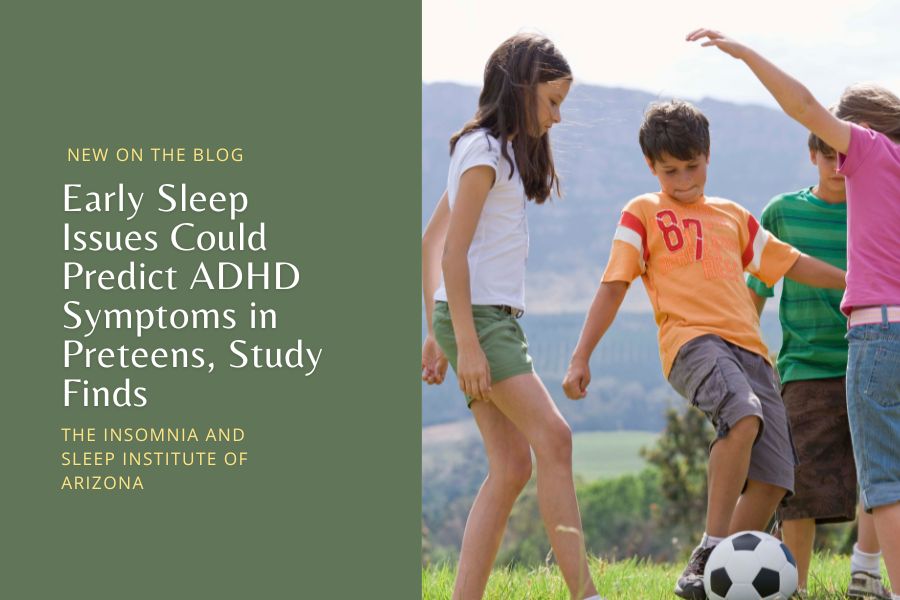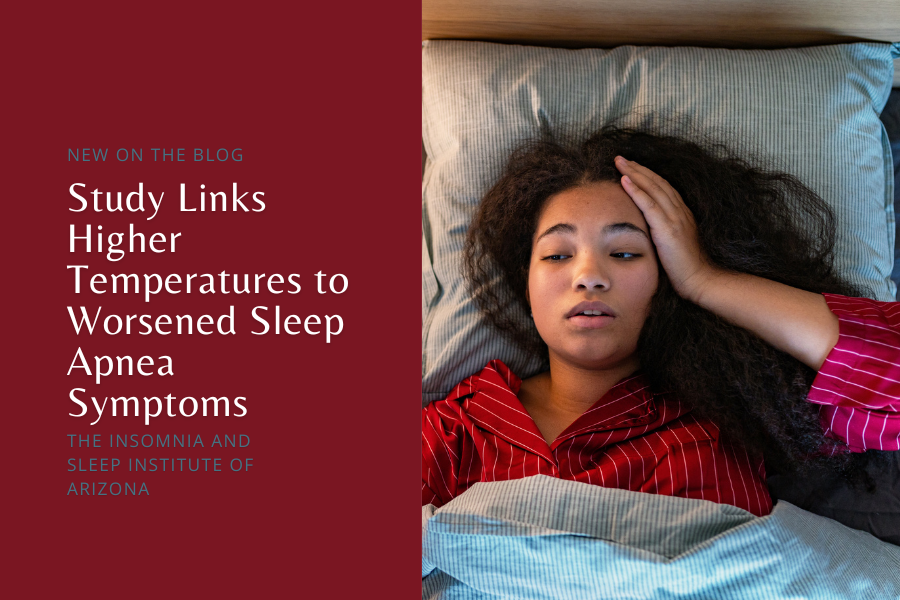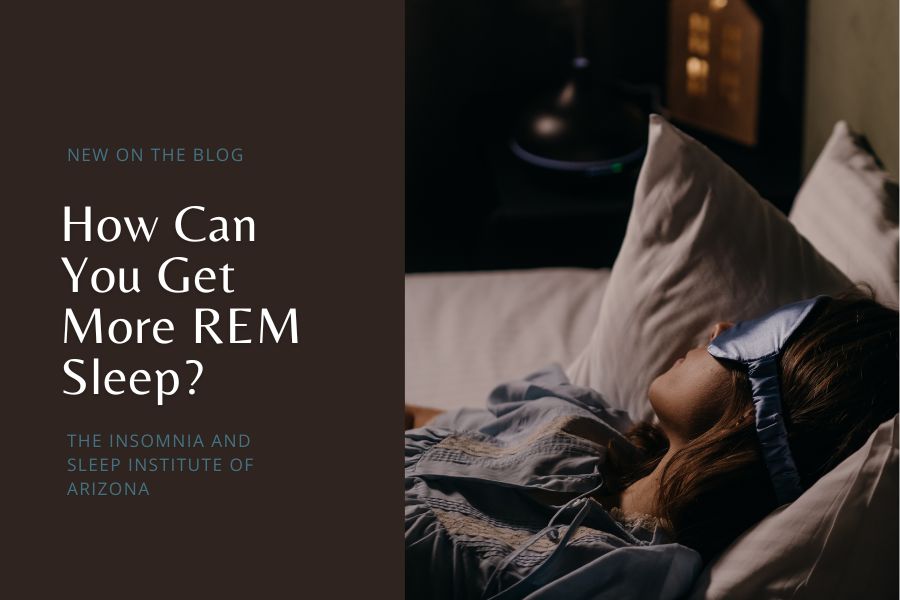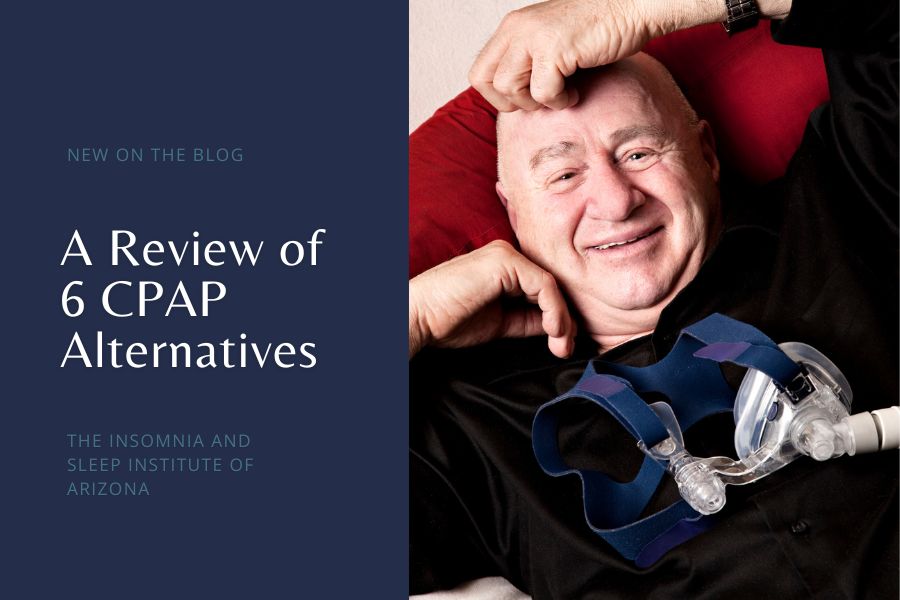Could your child’s restless nights be a sign of something more? New research reveals that early sleep issues might not be just a temporary struggle. Instead, they could be an early indicator of Attention-Deficit/Hyperactivity Disorder (ADHD) in preteens.
What Are the Common Sleep Issues in Early Childhood?
Sleep is an important component of healthy development. Yet many young children struggle with sleep problems that can have lasting effects. Recognizing common sleep problems in early childhood is essential. It helps parents, caregivers, and healthcare providers spot potential issues early on. With this awareness, they can take steps to foster better sleep habits as children grow.
Insomnia
Insomnia can also affect young children and not just adults. Insomnia in early childhood typically manifests as difficulty falling asleep, frequent night awakenings or even waking up too early.
According to the National Library of Medicine, about 25% of children experience some form of sleep disturbance during their early years. Insomnia is one of the most prevalent issues. These disruptions can lead to daytime sleepiness, irritability, and behavioral problems, potentially impacting a child’s overall development.
Nightmares and Night Terrors
Disturbing dreams, known as nightmares, and the more intense experience of night terrors are common in young children. The Sleep Education reports that up to 50% of children between the ages of 3 and 6 experience nightmares.
Nightmares usually occur during the second half of the night during REM sleep and can cause significant distress, leading to bedtime resistance or fear of sleeping alone. Night terrors, on the other hand, are episodes of intense fear, screaming and flailing that commonly occur during the non-REM stages of sleep. And unlike nightmares, children usually do not remember night terrors upon waking.
Sleepwalking
Another sleep disorder that can emerge in early childhood is sleepwalking. Sleepwalking involves a child getting out of bed and moving around while still in a state of sleep. This behavior typically occurs during deep sleep.
Usually within the first few hours after falling asleep. The majority of sleepwalking in children is estimated to be between 5% and 15%. With most cases occurring between the ages of 4 and 8. While often harmless, sleepwalking can pose safety risks particularly if a child attempts to leave the house or engage in dangerous activities while asleep.
Bedwetting (Nocturnal Enuresis)
Bedwetting is a common concern for many young children, mainly those under the age of 6. According to the Boston Children’s Hospital, about 20% of 5-year-olds experience bedwetting.
Although it is a normal part of development for many children, persistent bedwetting beyond the age of 7 can indicate underlying issues. Such as sleep disorders, emotional stress or developmental delays. Bedwetting can lead to feelings of embarrassment and anxiety in children, which may further complicate their sleep patterns.
Restless Sleep
Restless sleep is another common issue in early childhood, often marked by frequent movements, tossing, and turning. Some children may struggle with periodic limb movement disorder (PLMD). Others might experience restless legs syndrome (RLS) both of which can significantly disrupt their sleep.
The prevalence of these conditions in children is relatively low, with experts suggesting that about 2% of children may experience RLS. However, even mild restlessness can impact the quality of sleep and lead to daytime fatigue and concentration difficulties.
What Does the Recent Study Reveal About Sleep Issues as Predictors of ADHD?
Sleep problems in early childhood are not just a fleeting concern but could be a significant predictor of neurodevelopmental disorders. Particularly Attention-Deficit/Hyperactivity Disorder (ADHD).
A recent study titled “Sleep problems at ages 8 – 9 and ADHD symptoms at ages 10-11: evidence in three cohorts from INMA study” tackled this important issue. The study explores whether sleep problems at ages 8-9 can be an early indicator of ADHD symptoms by the ages of 10-11.
The findings of this study provide an essential understanding of the relationship between sleep and ADHD. Underlining the importance of early detection and intervention.
What Did the Study Investigate?
The study examined data from 1,244 children drawn from three different cohorts in Gipuzkoa, Sabadell, and Valencia. Researchers first assessed sleep problems in these children when they were 8 to 9 years old, utilizing the sleep items from the Child’s Behavior Checklist (CBCL). The assessment provided a comprehensive overview of the sleep patterns during this vital developmental stage.
Later, when the children reached 10 to 11 years of age, the study evaluated their ADHD symptoms. This evaluation was conducted using the Conner’s Parent Rating Scales-Revised: Short Form (CPRS-R). Allowing researchers to explore the potential link between early sleep issues and later ADHD development.
What Were the Key Findings?
The researchers revealed a clear link between sleep problems at ages 8 -9 and the emergence of ADHD symptoms by ages 10-11. Specifically, the study found that sleep problems presented an Incident Rate Ratio (IRR) of 1.14 for opposition, 1.20 for inattention, 1.18 for hyperactivity and 1.18 for ADHD scales. Meaning that children with sleep problems were more likely to develop symptoms of ADHD compared to those without such issues.
Even after accounting for factors like prior ADHD symptoms, premature birth, and being small for gestational age, the connection remained strong. This finding highlights that sleep problems aren’t just linked to existing conditions.
They could stand alone as a risk factor for ADHD. In other words, sleep issues might play a more direct part in the development of ADHD than previously thought.
How Strong Is the Connection Between Sleep Issues and ADHD?
The study’s use of generalized additive models (GAM) and negative binomial models to assess the linearity of the relationship between sleep problems and ADHD symptoms adds robustness to the findings.
These models confirmed that the relationship between sleep issues and ADHD symptoms is not only significant but also linear. This linearity indicates that as sleep problems increase, so does the risk of developing ADHD symptoms.
Moreover, the sensitivity analyses conducted in the study further validated these findings. Even when excluding children with pre-existing symptoms or those born preterm, the association between sleep problems and ADHD remained consistent. The only slight decrease in significance was observed in hyperactivity when ADHD cases at age 9 were excluded with a p-value of 0.051.
What Do These Findings Mean for Parents and Healthcare Providers?
The study’s findings carry important implications for both parents and healthcare providers. Early sleep problems might signal future neurodevelopmental issues, including ADHD. Suggesting that parents and healthcare professionals should monitor children’s sleep patterns closely, particularly during developmental stages.
Early detection is what is needed. Because identifying sleep issues early could allow for intervention before ADHD symptoms fully emerge. This technique may help reduce the severity or maybe even prevent the development of ADHD symptoms. The study doesn’t claim that all children with sleep issues will develop ADHD. But it emphasizes the need for vigilance. Therefore, managing sleep-related problems proactively is essential for minimizing potential risks.
What Are the Broader Implications for Public Health?
Beyond individual care, the study also suggests that these findings could inform public health initiatives. Implementing policies that promote better sleep habits and sleep hygiene in children is needed in reducing the risk of ADHD and other neurodevelopmental disorders. Public health programs, such as the Healthy Child Programme mentioned in the study could incorporate these findings to better address the holistic development of children.
Why Should We Prioritize Sleep Health in Children?
Sleep is more than just a time for rest; it is a necessary component of a child’s overall health and development. Prioritizing sleep health in children is essential because of its profound impact on physical growth, cognitive development and emotional well-being. Ensuring children get adequate, quality sleep can improve outcomes in all areas of their lives.
Physical Growth and Health
During sleep, children’s bodies produce growth hormones. Essential for physical development. Insufficient sleep can disrupt this process leading to issues like stunted growth and weakened immune function.
Moreover, children who consistently get the right amount of sleep are less likely to develop chronic conditions like obesity, diabetes and cardiovascular problems. This connection emphasizes the importance of establishing healthy sleep habits early on.
Cognitive Development and Academic Performance
Sleep is essential for cognitive functions like memory, attention, and problem-solving skills. Without enough sleep, children are more likely to struggle in school, experiencing lower grades and impaired learning abilities. Sleep is also important for consolidating learning by helping the brain process and store new information. This is why children who get sufficient sleep tend to perform better academically.
Emotional Well-being and Behavioral Health
Emotional regulation is another is also affected by sleep. Children who do not get enough sleep are at a higher risk of developing mood disorders, anxiety, and depression.
Long-term Health Benefits
Prioritizing children’s sleep health is the stepping stone to building healthier habits when they grow up. Good sleep practices established in childhood can lead to lifelong benefits. These could include a lower risk of developing mental health disorders, better academic and career success and improved overall quality of life.
How Can Parents and Caregivers Address Early Sleep Issues?
As we all know, addressing early sleep issues in children is important for their overall development. Parents and caregivers can start by establishing consistent sleep routines. A regular bedtime and wake-up time can greatly improve sleep quality. Limiting screen time before bed, creating a calming bedtime environment and ensuring the child’s room is dark and quiet can also help promote better sleep.
Additionally, being mindful of any signs of sleep disturbances. Such as frequent awakenings or difficulty falling asleep is important. If these issues persist, seeking professional guidance is recommended to ensure that underlying conditions like sleep disorders are properly addressed.
How Can The Insomnia and Sleep Institute of Arizona (ISIA) Help?
The Insomnia and Sleep Institute of Arizona (ISIA) is dedicated to the precise diagnosis and treatment of sleep disorders in children. With a team of experts dedicated to pediatric sleep health, ISIA provides comprehensive evaluations and treatment plans for each child’s needs.
We use the latest research and advanced diagnostic tools to address a wide range of sleep issues. Our strategy is thorough, whether for insomnia or more complex conditions like obstructive sleep apnea.
Parents can trust that their child will receive our institute’s highest standard of care. This commitment ensures that each child is on the path to healthier sleep. Ultimately, we aim to enhance their overall well-being and quality of life.
So, if your child is struggling with sleep, don’t wait — reach out to us today. Schedule a consultation and see how early intervention can make all the difference. Your child’s health and happiness are worth it.
References
How Sleep Affects Your Health. (2022, June 15). NHLBI, NIH. https://www.nhlbi.nih.gov/health/sleep-deprivation/health-effects
Llúcia González-Safont, Rebagliato, M., Ane Arregi, Carrasco, P., Mònica Guxens, Vegas, O., Jordi Julvez, & Estarlich, M. (2023). Sleep problems at ages 8–9 and ADHD symptoms at ages 10–11: evidence in three cohorts from INMA study. European Journal of Pediatrics, 182(11), 5211–5222. https://doi.org/10.1007/s00431-023-05145-3
Pediatric Sleep Disorders | OHSU. (2024). Ohsu.edu. https://www.ohsu.edu/doernbecher/pediatric-sleep-disorders
Owens, J. (2008). Classification and Epidemiology of Childhood Sleep Disorders. Primary Care Clinics in Office Practice, 35(3), 533–546. https://doi.org/10.1016/j.pop.2008.06.003
Restless Leg Syndrome in Children. (2023, May 12). Franciscan Health; Franciscan Health Alliance. https://www.franciscanhealth.org/community/blog/restless-leg-syndrome-kids
Wilbanks, J. (2023, September 15). Nightmares – Sleep Education. Sleep Education. https://sleepeducation.org/sleep-disorders/nightmares/








